Why You’re Obsessed With Fall TV: A Look Under the Hood
For years, I taught media studies at a university, and one of my favorite things was to completely ruin a movie for my students. In a good way, I promise. We’d spend an entire week on a single three-minute scene, and I’ll never forget the collective gasp in the room when I’d point out something they’d missed—like a barely-visible ghost standing in the background of a horror show. In that moment, they went from being passive viewers to active detectives.
In this article
Every single thing you see and hear in a show is a choice. The color of a character’s sweater, the angle of the camera, the specific sound of rain outside a window… it’s all meticulously crafted to make you feel something. And no time of year makes this more obvious than the fall, when we all seem to collectively reach for the same kinds of shows like a favorite old sweatshirt.
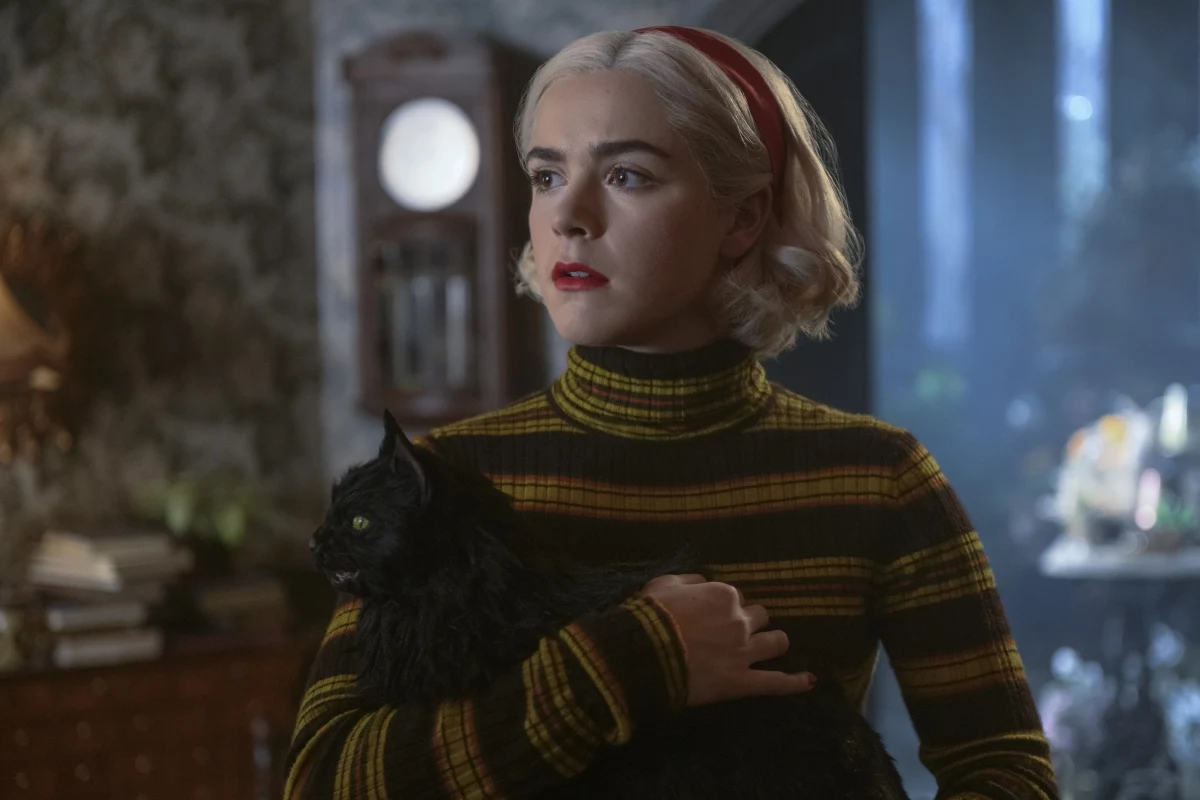
So, this isn’t just another list of ‘what to watch.’ We’re going to pop the hood and look at the engine. Why does a fictional small town feel so darn comforting? How do the pros build that bone-deep sense of dread that keeps you up at night? By the end of this, you’ll see your favorite shows in a whole new light and appreciate the incredible artistry that goes into your seasonal binge-watch.
The Psychology of Your Remote Control
Before we get into the technical stuff, we need to talk about you. Yeah, you, on the couch. Your impulse to rewatch certain shows every autumn isn’t random; it’s wired directly into your brain, and understanding why is the first step.
First up is the massive pull of nostalgia. A lot of older, fan-favorite shows are basically time capsules. When you fire up a classic series, you’re not just watching a story; you’re revisiting a piece of your own life. The clothes, the music, the whole vibe—it all triggers a sense of comfort and familiarity. Our brains love this. In a chaotic world, the predictable plot of a beloved show is a safe space. You know the hero will slay the monster. You know the couple will get together in the end. This isn’t a bug; it’s a feature that delivers a serious dose of psychological comfort.
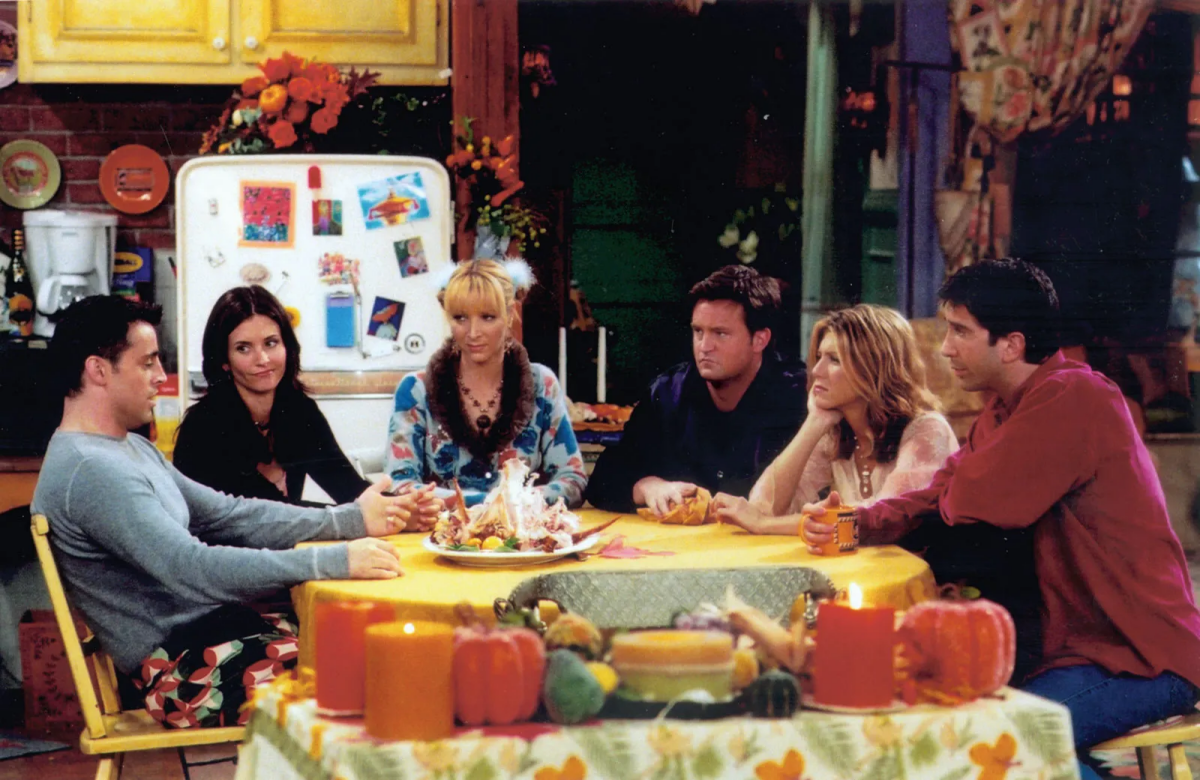
Then there’s the concept of ‘cozy.’ The Danes have a word for it, ‘hygge,’ which basically means a feeling of snug contentment. Watching a show set in a quirky, low-stakes small town is like a direct injection of hygge. The problems are relatable, the community is tight-knit, and the environment just feels… warm. Your brain responds by literally lowering your stress levels. It’s a sense of belonging, even if it’s with people who don’t exist.
But what about the flip side? Why on earth do we seek out shows designed to terrify us? It all comes down to what experts call ‘safe fear.’ When you’re watching a truly scary show, you know you’re not really in danger. But your body doesn’t fully get the message. Your heart races, you get a shot of adrenaline, and when the scare is over, a wave of relief washes over you. It’s cathartic, like riding a roller coaster. The thrill is in surviving the fear from the safety of your living room.
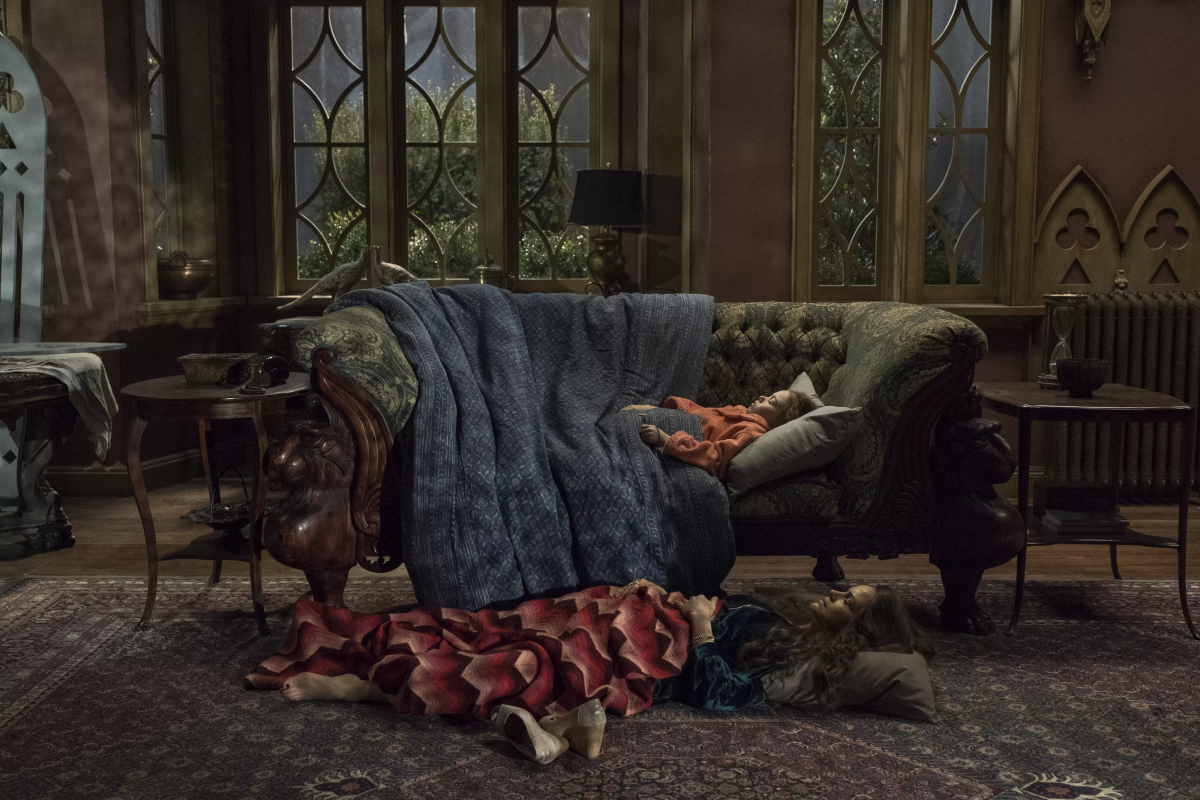
The ‘Cozy’ Blueprint: How They Make You Feel at Home
Creating that ‘warm and fuzzy’ feeling is a deliberate, technical process. It’s an art form, and some shows are absolute masterclasses in building a world you want to live in. A certain beloved show about a fast-talking mother-daughter duo (currently on Netflix) is a perfect case study.
Color and Light:
Here’s a little experiment for you. Next time you’re watching a show set in a cozy small town, pause it during an outdoor autumn scene. Now, look away from the characters and just name the colors in the background. I bet you’re seeing a ton of oranges, deep reds, soft yellows, and warm browns. This isn’t a coincidence. This is achieved with on-set lighting and a post-production process called color grading. The lighting is kept soft and diffused, which gets rid of harsh shadows and creates a gentle, pleasing image. This visual language tells your subconscious to relax.
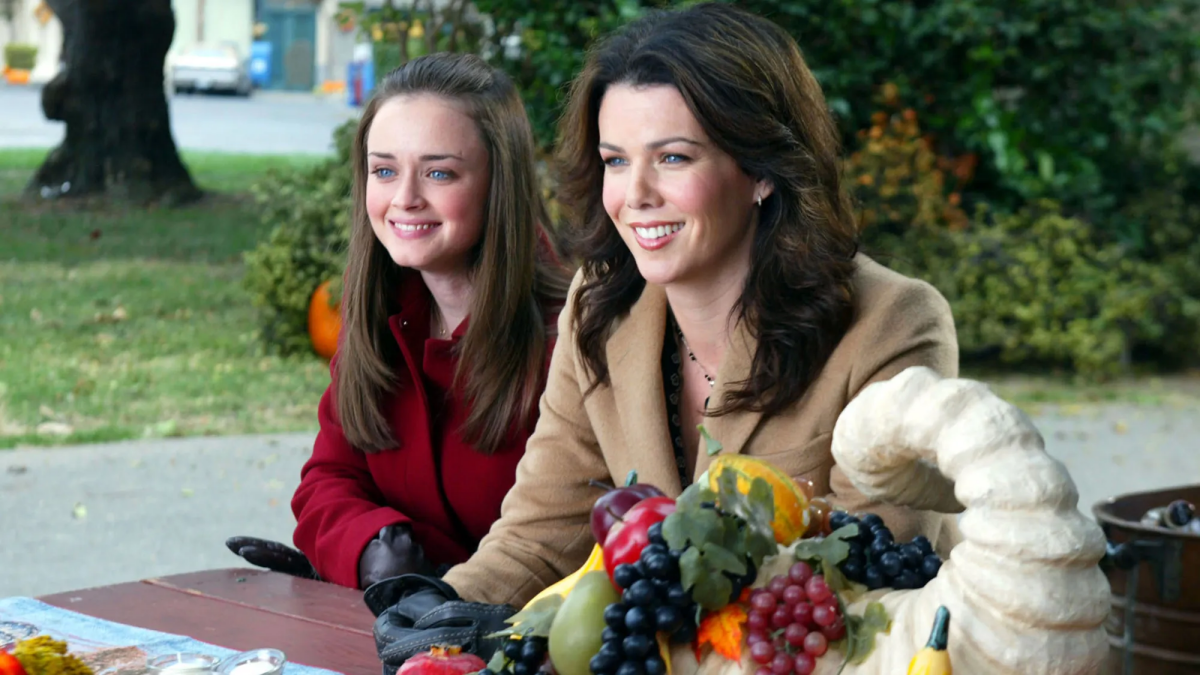
Set Design Is Storytelling:
The physical sets are packed with what I call ‘narrative clutter.’ Think about the iconic coffee shop in that show. It’s not just a set; it feels lived-in. There are scuffs on the counter, the mugs don’t match, and the signs are handwritten. A character’s home might be a little cluttered, with quirky lamps and stacks of books. This managed messiness makes a space feel real and inviting, not like a sterile showroom. Every object tells a tiny story.
Sound and Music:
Listen closely next time. The musical score in these cozy shows is often gentle and non-intrusive, maybe featuring acoustic guitar or soft vocals. It’s a comforting backdrop, not something that aggressively manipulates your emotions. But it’s the ambient sound that really sells it: birds chirping, the low hum of town chatter, leaves crunching underfoot. It creates a rich, immersive audio blanket. Even the dialogue, with its fast-paced, witty rhythm, becomes a predictable and comforting type of music.
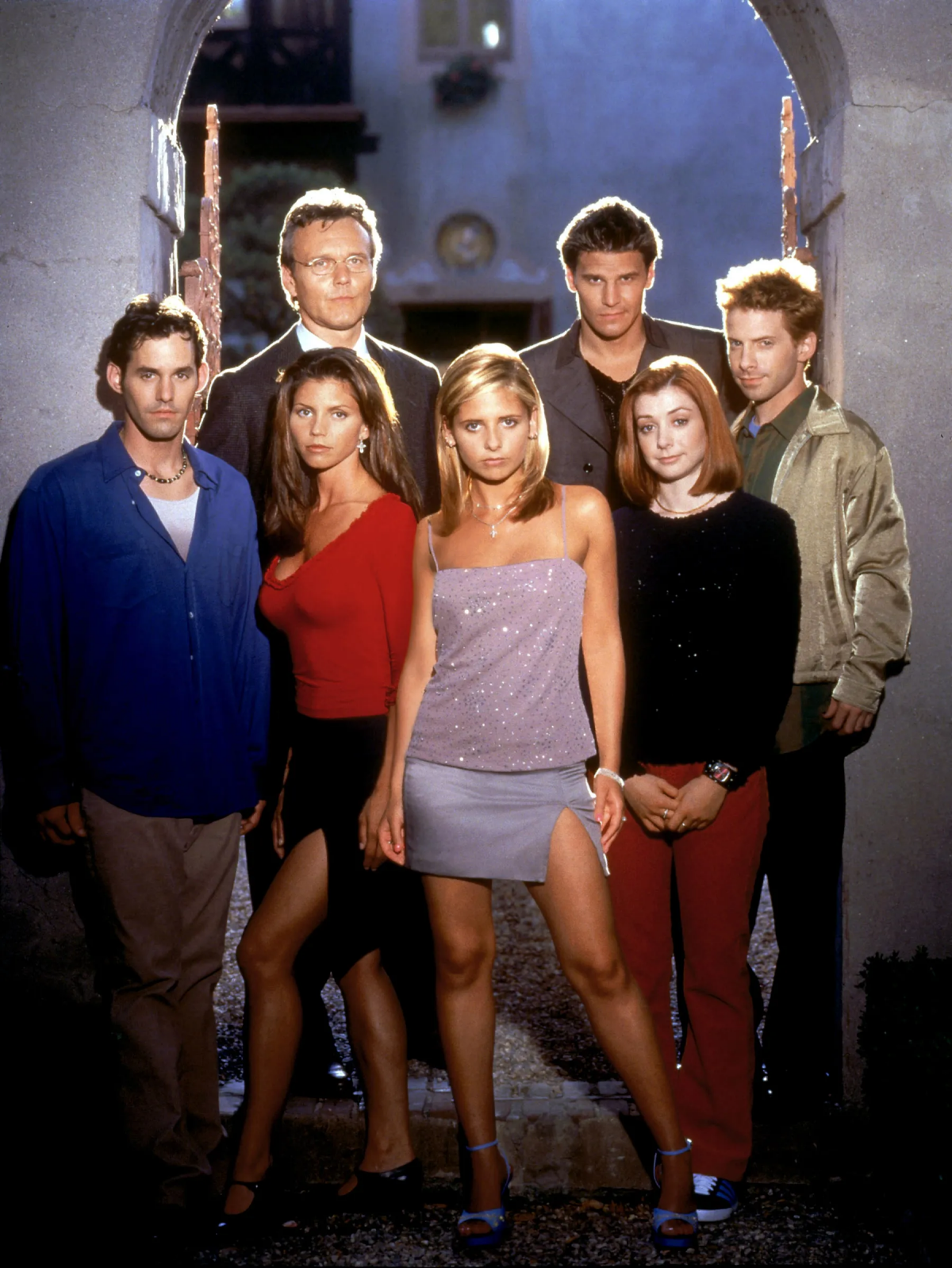
Other Shows That Nail the Cozy Vibe:
- A classic sitcom about a group of friends in New York (find it on Max).
- A heartwarming comedy about a quirky Parks Department in Indiana (streaming on Peacock).
- A modern show about a rich family forced to live in a small town they own (available on Hulu).
The Architecture of Dread: How They Build Fear
On the other end of the spectrum, crafting effective horror is just as technical, if not more so. It’s about building dread, not just throwing cheap jump scares at the screen. A modern master of the genre created an incredible series about a family haunted by their childhood home (check it out on Netflix), and it’s a textbook on how to do it right.
The Unsettling Camera:
The cinematography here is incredibly precise. Directors of modern horror often use wide-angle lenses, which subtly distort the edges of the room and make familiar spaces feel just a little ‘off.’ This also creates a lot of ‘negative space’ in the shot—empty areas where your brain is screaming for something terrifying to appear. Some of the most effective sequences are done in a ‘long take,’ where the camera moves for several minutes without a single cut. As a viewer, you’re trapped. There’s no relief, no looking away. You have to ride it out with the characters.
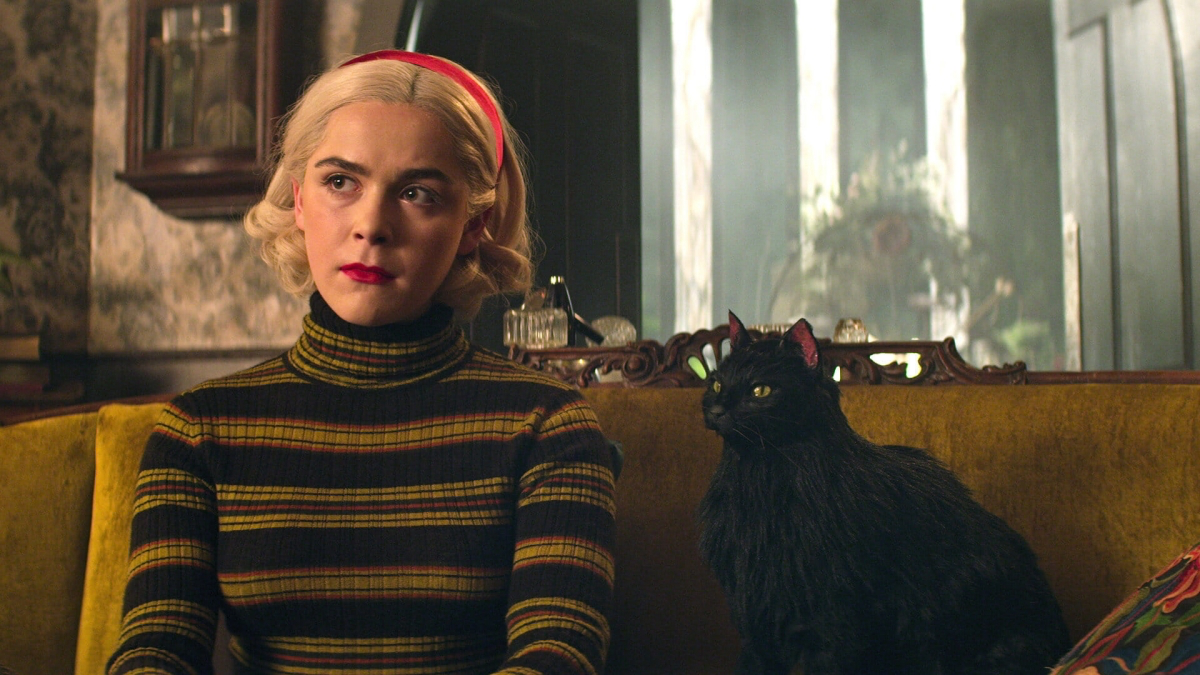
The House Is a Character:
In great horror, the location is everything. The set designers for that haunted house show were geniuses. They built a world that was intentionally wrong—hallways that are a bit too long, statues that seem to be watching you. But their most brilliant trick was hiding ghosts in plain sight. In nearly every episode, there are ghostly figures standing in the background, half-hidden in a dark corner or behind a door. The first time you watch, you might just feel a subconscious sense of being watched. The second time, spotting them becomes a terrifying game.
The Sound of Silence:
Good horror knows that silence is often scarier than noise. The sound will often drop out completely right before a scare, putting your senses on high alert. When sound is used, it’s often unnatural—a low-frequency rumble you feel more than hear, or the sound of scratching coming from inside a wall. These noises are designed to trigger a primal, gut-level fear response.
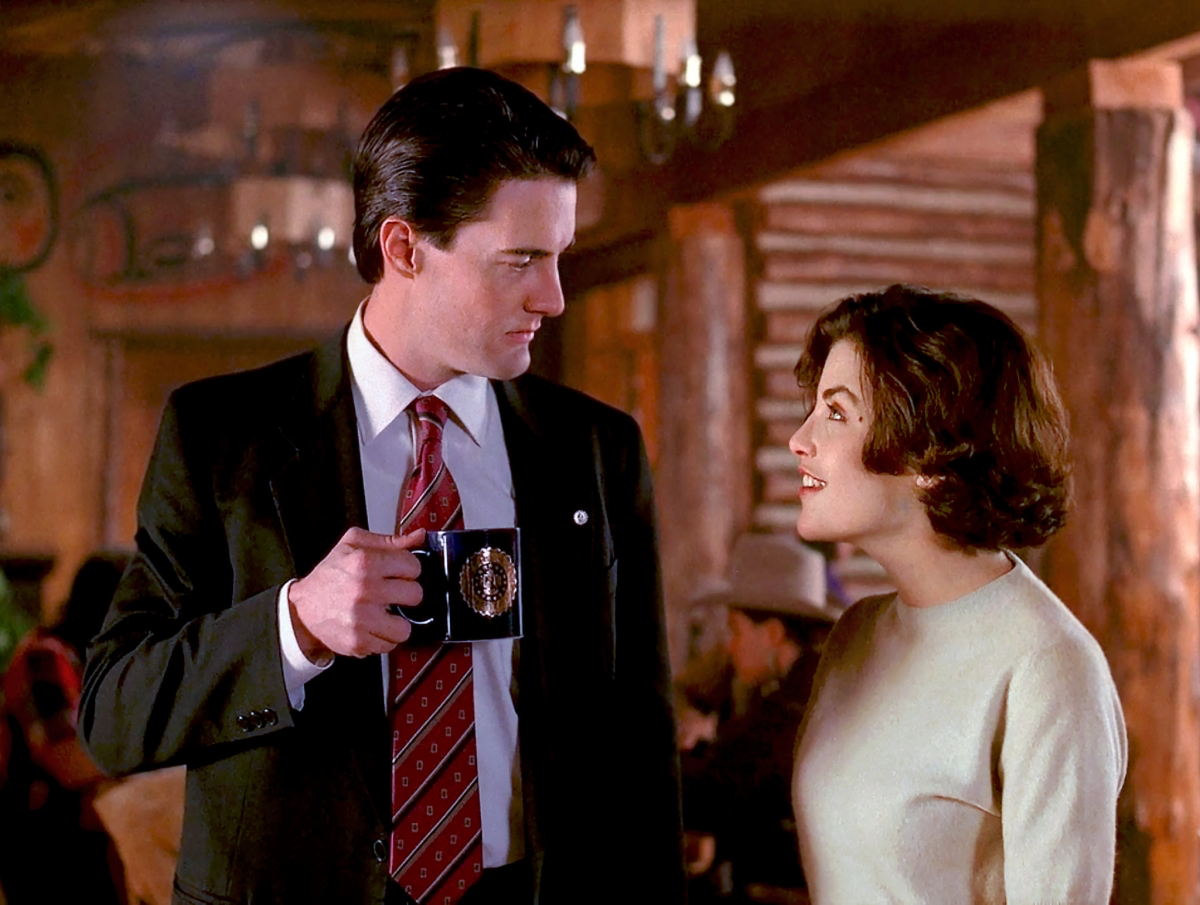
Other Shows for Fans of Artful Horror:
- A surreal mystery series set in the Pacific Northwest (available on Paramount+).
- A recent folk-horror show about a religious community on an isolated island (on Netflix).
- A modern gothic romance with another haunted manor (also on Netflix).
Your Critical Viewing Starter Kit
Okay, so you’ve got the theory. Now what? The whole point is to have more fun watching TV, not to get a degree in it. Here’s a little ‘homework’ to get you started. It’s easier than it sounds.
Your First Assignment: Pick any show—it doesn’t matter what. Watch the first five minutes on mute. Just focus on the colors, the lighting, and how the camera moves. Then, rewind and watch the same five minutes with your eyes closed, just listening to the music and sound effects. You will be absolutely stunned by what you notice.
The Quick Win: Don’t have time for all that? No problem. For the next ten minutes of whatever you’re watching, focus on just ONE thing. The music, for example. Ask yourself: When does it start? When does it stop? Is it happy or tense? That’s it. You’ve just taken your first step into watching critically.
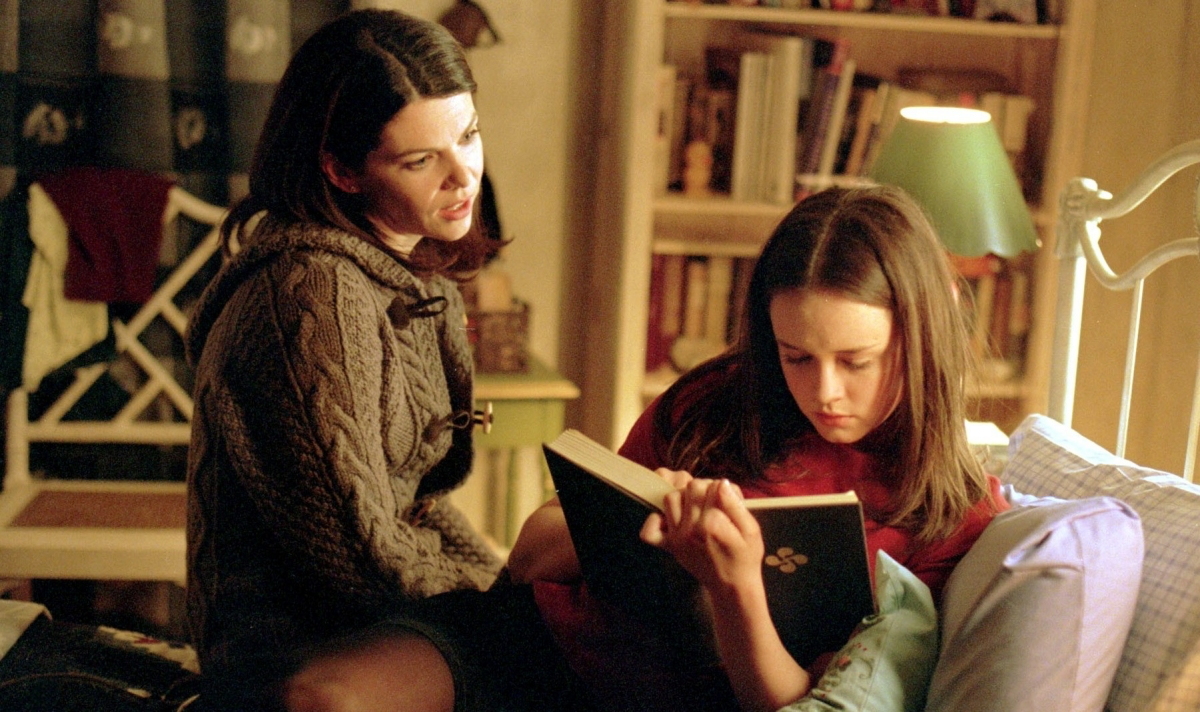
A Quick Heads-Up: Watching with Modern Eyes
As someone who loves this stuff, I have to add a quick word of caution. Being a smart viewer also means being a responsible one.
Heads up: Some of these shows are genuinely tough. A show about a haunted house might contain very graphic depictions of suicide and addiction that can be incredibly triggering. A fun monster-of-the-week show might have storylines dealing with sexual assault or profound loss. It’s always a good idea to check for content warnings before you dive in. A great resource for this is the website `DoesTheDogDie.com`, which covers a huge range of potential triggers beyond just animal-related ones. Your mental health is always more important than a TV show.
It’s also important to admit that some of our nostalgic favorites haven’t aged perfectly. A certain 90s sitcom, for example, is still hilarious to many, but it’s also been rightly criticized for its lack of diversity and jokes that feel cringey today. Acknowledging these flaws doesn’t mean you can’t enjoy it. It just means you’re watching with critical awareness, separating what it meant to you then from what it looks like now.
Ultimately, this knowledge should make your viewing experience richer, not ruin it. The next time you settle in for a seasonal rewatch, I hope you’ll see it with new eyes. Notice the light. Listen to the silence. And appreciate the incredible, invisible craft that goes into making you feel exactly the way you do.
Inspirational Gallery
The small town comfort zone: Stars Hollow from Gilmore Girls feels like a warm hug, with its quirky town meetings and cozy diner. The lighting is bright, the colors are warm, and the stakes are usually personal, not life-threatening. It’s a place you want to live.
The small town danger zone: Hawkins from Stranger Things uses 80s nostalgia as a familiar entry point, but overlays it with literal darkness. The shadows are deep, the woods are menacing, and the familiar suburban setting hides a terrifying secret. It’s a place you want to escape from, but can’t stop watching.
More than 90% of a film’s emotional information can be conveyed through its musical score alone.
That’s why the subtle, melancholic piano in one show makes you feel wistful, while the jarring synth notes in another put you on edge, even when nothing is happening on screen. Next time you watch, close your eyes for a minute and just listen. The score is telling its own story.
Pay attention to what characters are wearing. Costume designers use a technique called a “color story” to visually tie characters together or set them apart. In a show like Succession, the Roy family’s muted, expensive cashmere in shades of grey, navy, and beige screams “old money,” creating a visual barrier against the more colorful, striving outsiders. It’s a subtle uniform of power.
- You catch every mumbled line of crucial dialogue in a tense thriller.
- You finally learn how to spell Daenerys Targaryen.
- You discover background jokes you’ve missed for years.
The secret? Turn on the subtitles. It’s not just for the hard-of-hearing; it’s for the active viewer. The descriptive text, like [uneasy music swells] or [distant siren wails], adds a whole new layer of designed atmosphere you might otherwise miss.
What exactly is a “bottle episode”?
It’s an episode produced on the cheap, using only the main cast and a single set—like the iconic Friends episode “The One Where No One’s Ready.” Born from budget constraints, these episodes often become fan favorites because they force deep character interaction and sparkling dialogue to carry the story, rather than action or spectacle. They are pure performance showcases.
“The most beautiful things are the ones that are imperfect, asymmetrical, and incomplete.” – Guillermo del Toro
The next time you’re drawn to a show’s autumnal vibe, look closer at the set dressing. It’s more than just a few pumpkins on a porch. In Only Murders in the Building, production designer Curt Beech uses rich jewel tones, classic literature on shelves, and textured wallpapers to give The Arconia a cozy, intellectual, and slightly faded grandeur that perfectly matches the characters and the mystery.
A key to appreciating cinematic TV: Don’t just watch, listen. Sound isn’t just dialogue. The specific crunch of leaves underfoot, the hum of a refrigerator in a quiet kitchen, the type of rain hitting a window—it’s all part of a soundscape crafted to immerse you. A high-quality soundbar, like a Sonos Beam, can make a world of difference, revealing layers of audio storytelling you’ve been missing through standard TV speakers.
The Thanksgiving episode is a classic television trope, a perfect crucible for family drama and comedy. It forces characters who might otherwise avoid each other into one room, fueled by high expectations and too much tryptophan. The results are almost always explosive, hilarious, or deeply touching.
- For comedy: Friends, “The One with All the Thanksgivings”
- For drama: The West Wing, “Shibboleth”
- For angst: Gossip Girl, “Blair Waldorf Must Pie!”
Important point: Rewatching a show isn’t lazy viewing; it’s an act of deep appreciation. The first time, you watch for the plot—what happens next? But on the second or third viewing, you’re free. You can focus on the performances, notice the foreshadowing, admire the cinematography, and catch the clever details the creators hid for exactly these moments. You shift from a consumer to a connoisseur.










